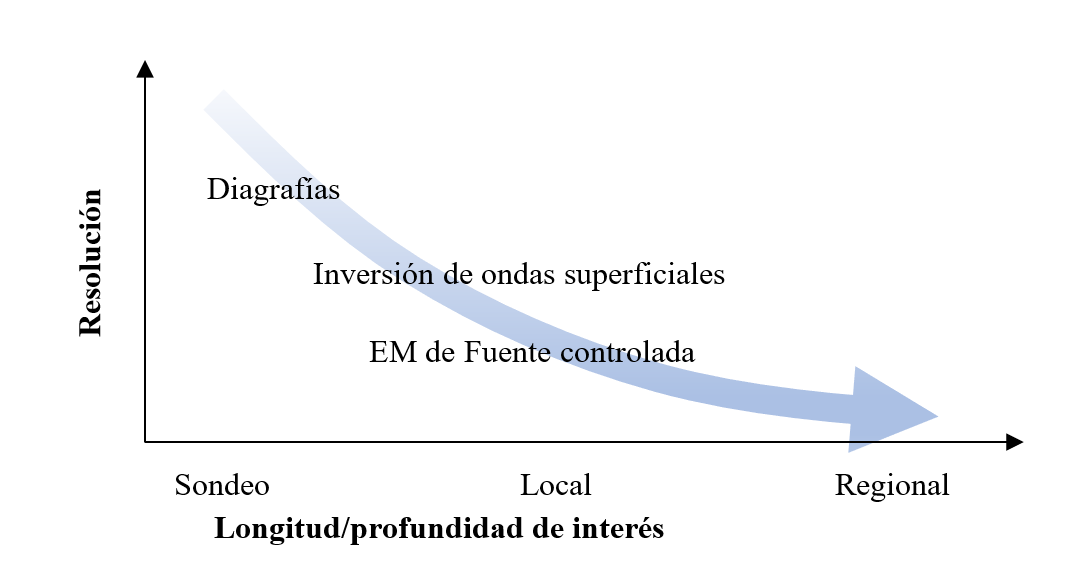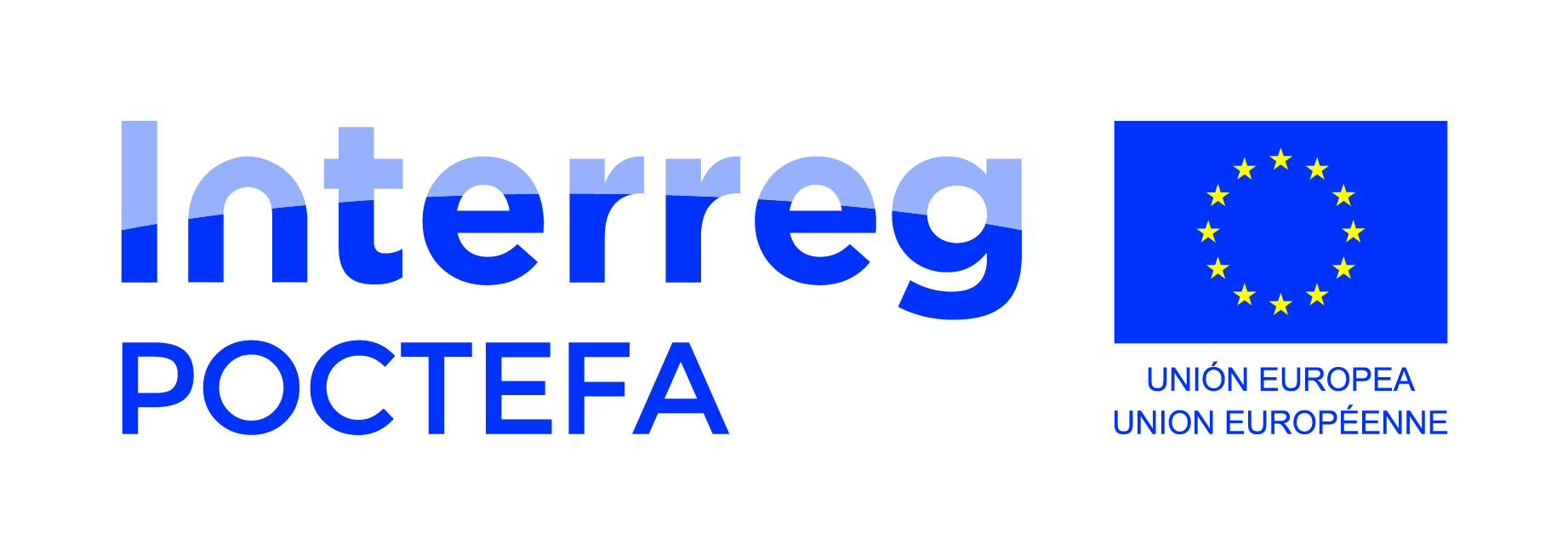
In previous news about the project, the results of the advances in the development of the subsoil visualization tools have been shown, developed by the Basque Center for Applied Mathematics (BCMA), Barcelona Supercomputing Center (BSC), Institut national de recherche en sciences et technologies du numérique (INRIA), as well as the company Realtimeseismic (RTS).
Behind these tools we can find important efforts in the development of innovative mathematical algorithms to achieve more precision and resolution. All these algorithms and tools must be tested and their results contrasted with those obtained with standard visualization tools. In addition, they must be tested in models of increasing complexity, to see their efficiency in models that are representative of the real cases where they will be applied, in particular to geothermal exploration. With this objective in mind, the group from the University of Barcelona (UB) has systematized a set of cases and models based on the contributions and work carried out by the other partners (BSC, BCAM, INRIA and RTS).
Three geophysical techniques available for exploration and characterization of the subsoil in geothermal areas have been considered:
1) Seismic inversion of surface waves
2) Real-time inversion of well-scale resistivity
3) Electromagnetic method modeling with controlled source (CSEM)
All of these geophysical techniques are sensitive to different physical properties of the subsurface. At the same time, each of them has different depths of penetration or study. For this reason, it has been designed a different model for each geophysical technique, so each model has different scales. Three sets of models have been considered:
A) Canonical models (simple and fundamental)
B) Realistic models
C) Real data
Table 1 summarizes the models and selected cases.
Table 1 Summary of the cases
|
Inversion Prototype |
Geophysical method |
Measured data |
Estimated property |
Scale |
Set of test cases |
||
|
A. Canonical synthetic cases |
B. Realistic synthetic cases |
C. Real data |
|||||
|
1. Full wave inversion for surface waves |
Active and passive seismic |
Travel time surface waves |
Density |
10m – 1km |
Model A1 |
Model B1 |
Model C1 |
|
2.Real-time Resistivity Inversion |
Active electrical |
Resistance |
Electrical resistivity |
Borehole-scale (1m) |
Model A2 |
Model B2 |
|
|
3.Control-source electromagnetic modelling (not inversion for this case) |
Electromagnetic (active electrical) |
Response to electromagnetic pulses |
Electrical resistivity |
Regional-scale (100m – 1km) |
|
Model B3 |
Model C3 |
Finally, it is important to note that this set of cases provide a framework that can be used by any code developer. In addition, the proposed data sets and examples can also be used to test any new code and prototype. They will be available on PIXIL's website shortly with full details of the physical and geometric parameters for each model.
Note on image: Representation of the resolution / scale relationship of the models considered



